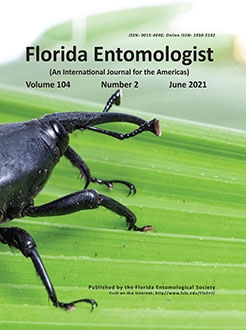Pheidole oxyops Forel (Hymenoptera: Formicidae) is a generalist ant that can display passive and active forage strategies. Moreover, this species can forage actively for a variety of food resources from plant debris to dead arthropods. In this study we tested whether abiotic factors (e.g., daytime, temperature, and residual soil accumulation), as well as neighboring colonies, could influence the patterns of foraging activity. Forage activity was observed in morning, afternoon, and evening sessions. Also, we recorded the frequency of individuals, direction, and ground surface temperature during foraging events. Our results showed that forage direction was not affected by residual soil accumulation and neighboring P. oxyops colonies. The rate of departures from nests decreased as ground surface temperature increased, but nest exits increased significantly with the occurrence of nearby P. oxyops colonies. We observed also that P. oxyops appeared to maximize forage activities during the evening period that would reduce their exposure to potential predators, competitors, and any adverse effects associated with direct solar radiation.
How to translate text using browser tools
16 August 2021
Neighbor Colonies Affect Level of Foraging in the Generalist Ant Pheidole oxyops (Hymenoptera: Formicidae)
Diego Santana Assis,
Giovanni Abrami Rodrigues Camargo,
Katty Barrios,
Ivelize C. Tannure-Nascimento,
Fabio Santos Do Nascimento

Florida Entomologist
Vol. 104 • No. 2
June 2021
Vol. 104 • No. 2
June 2021
abiotic factors
Active foraging
passive foraging
Sit-and-wait foraging




